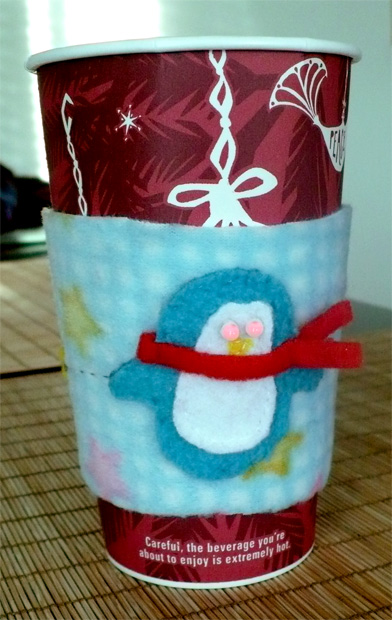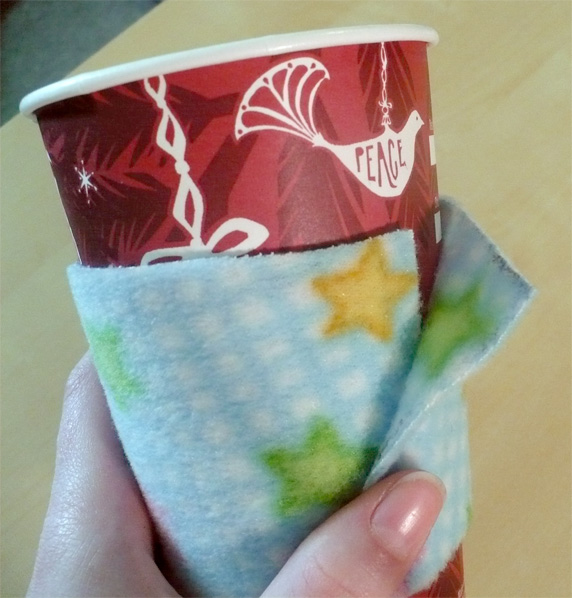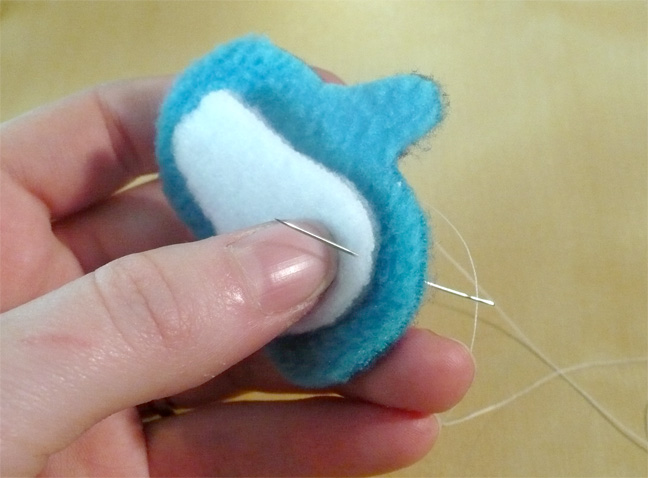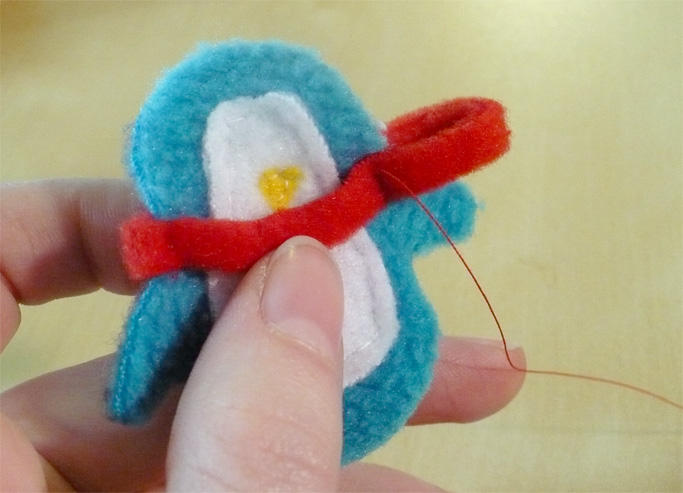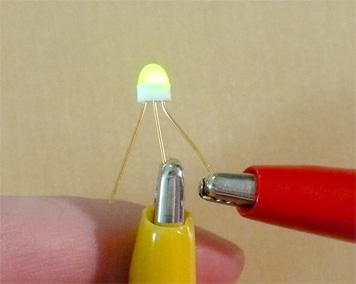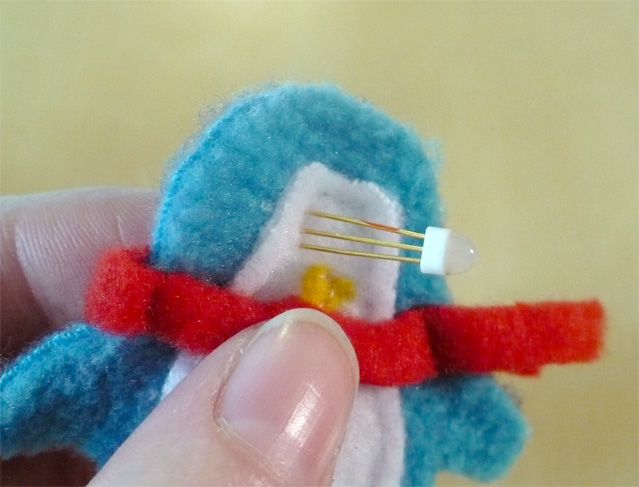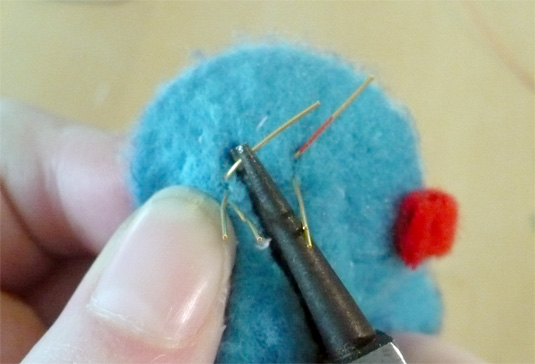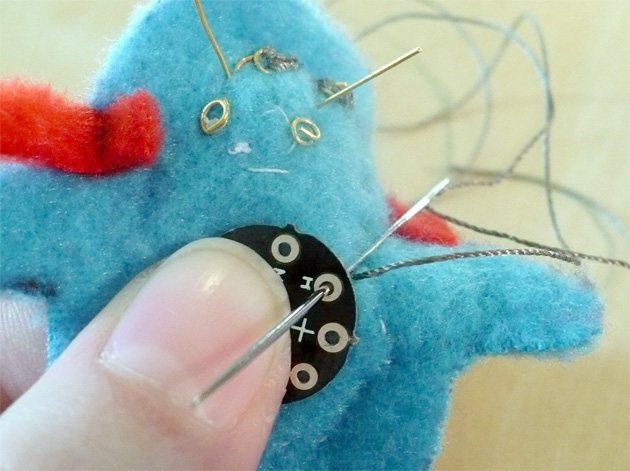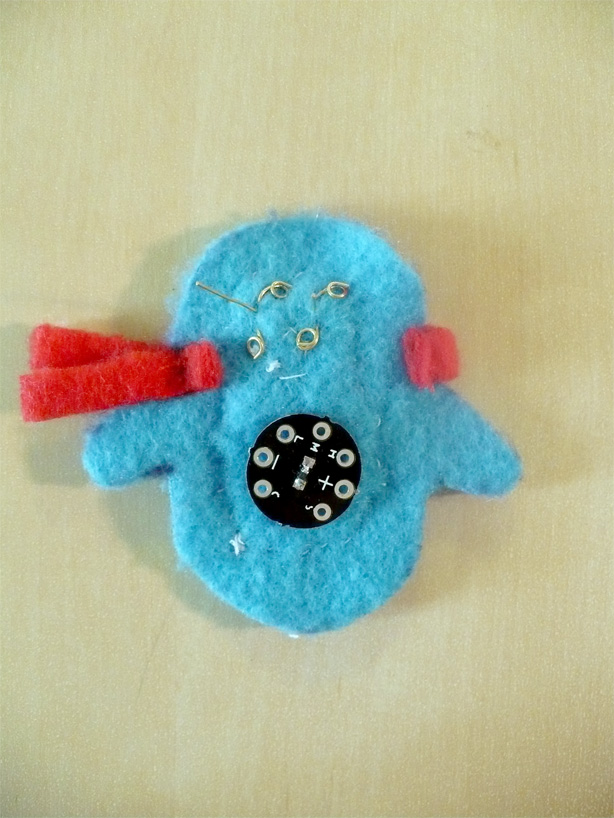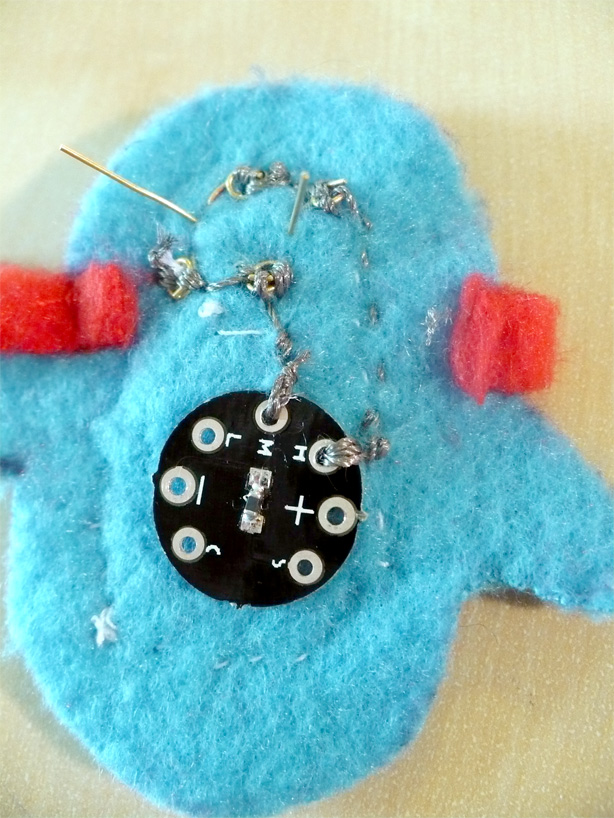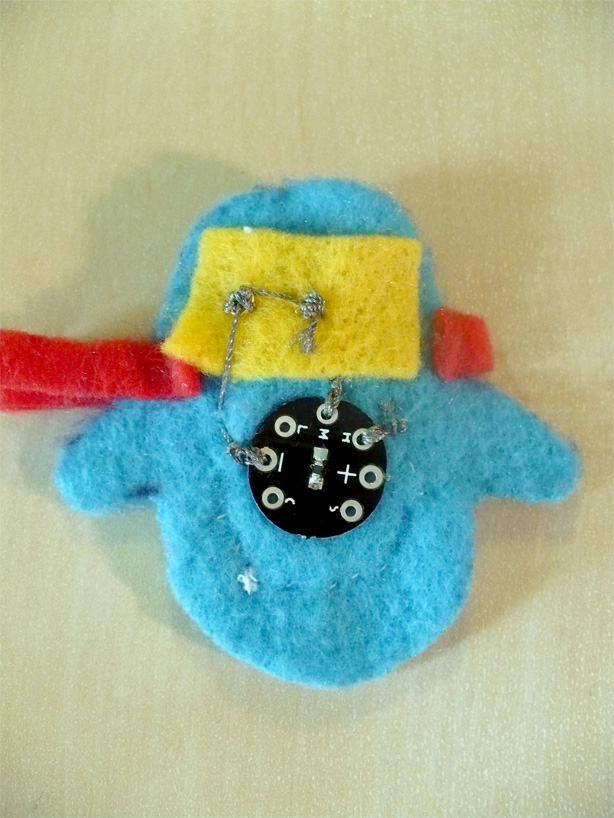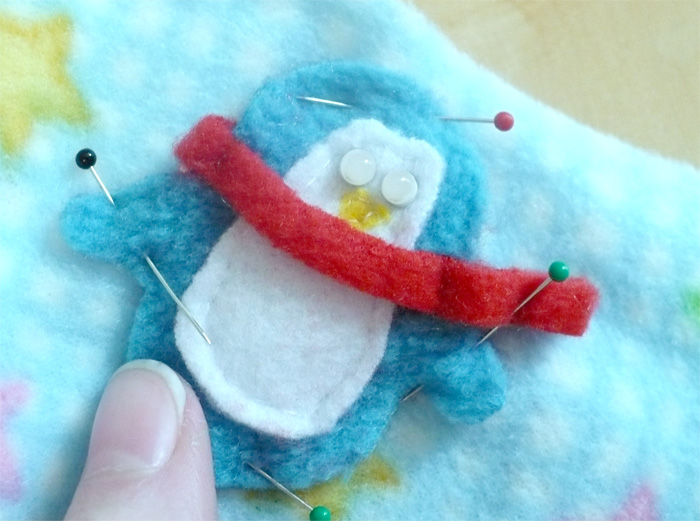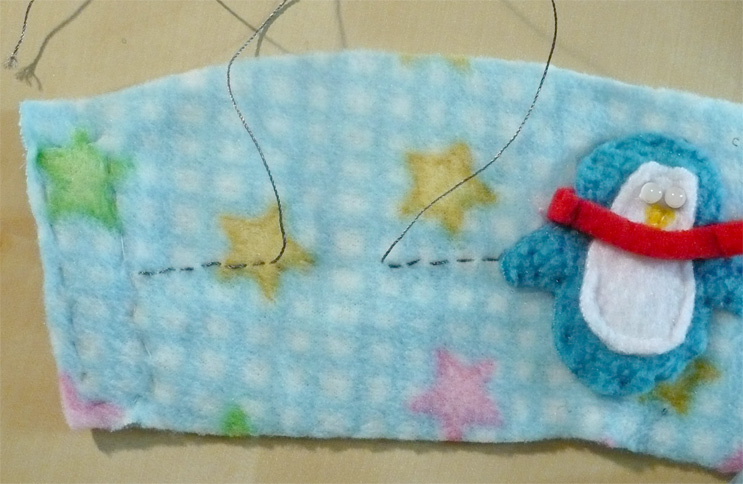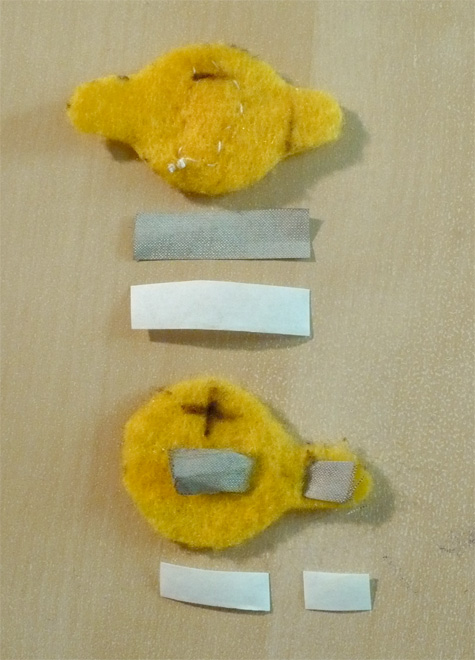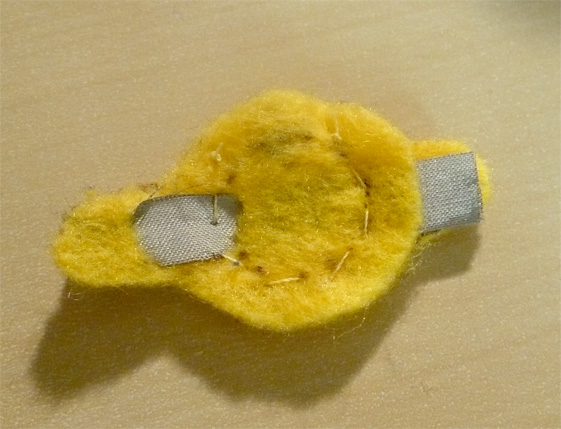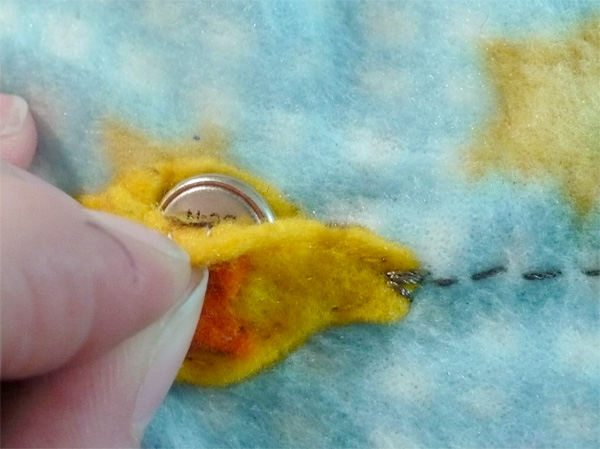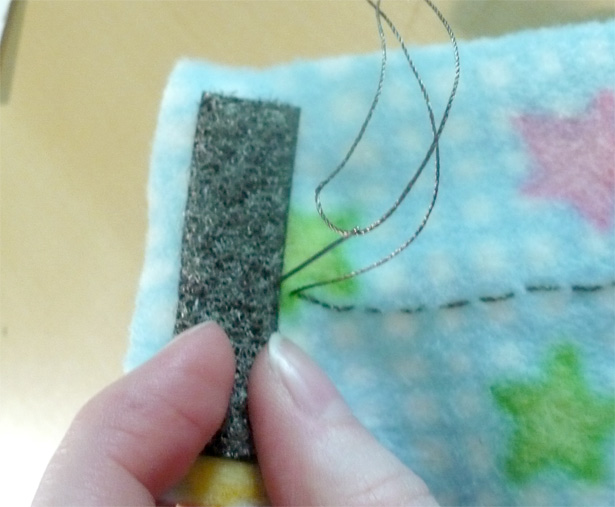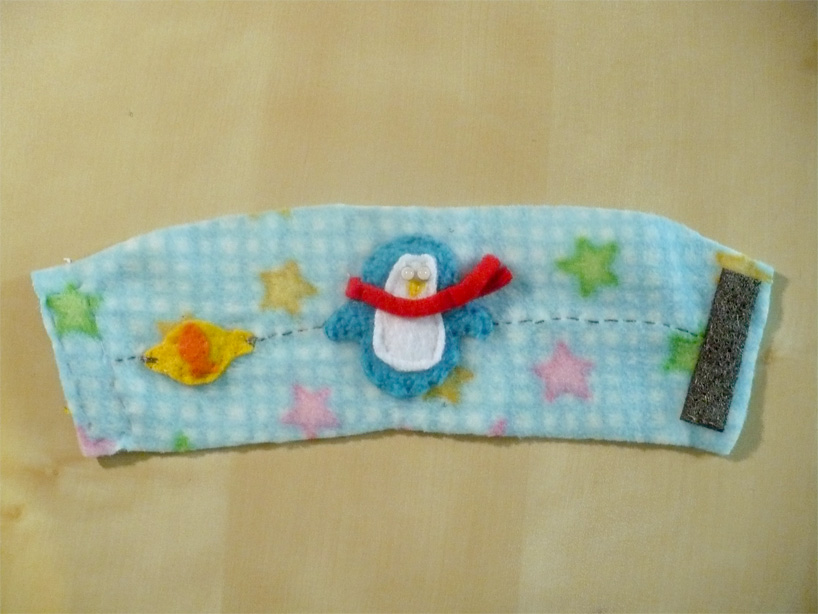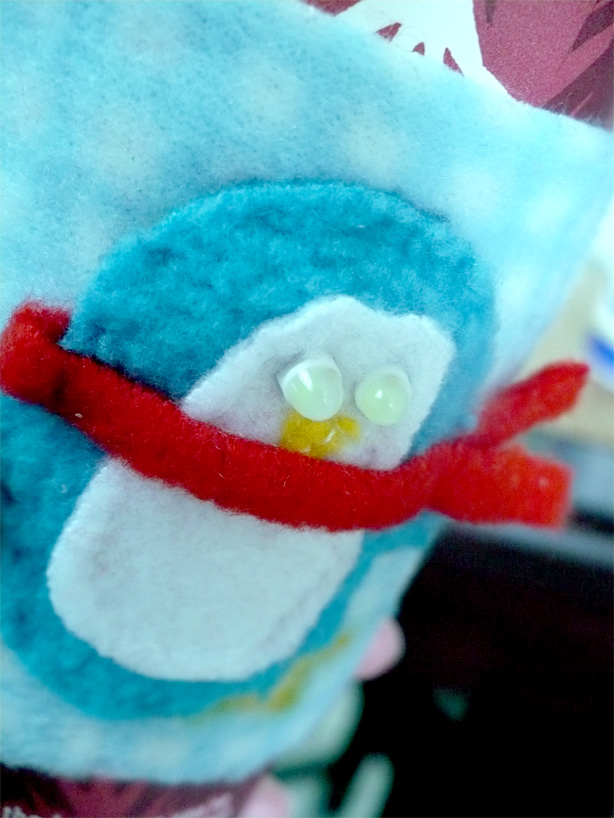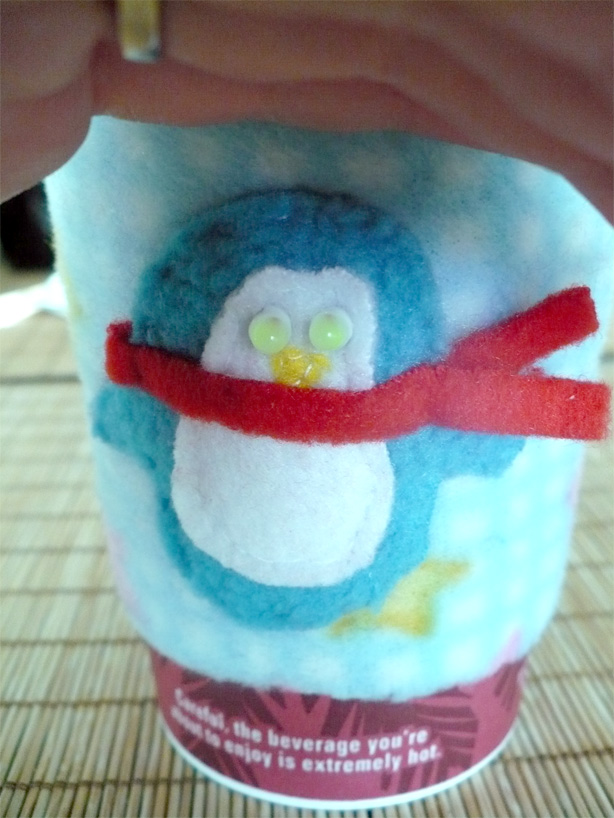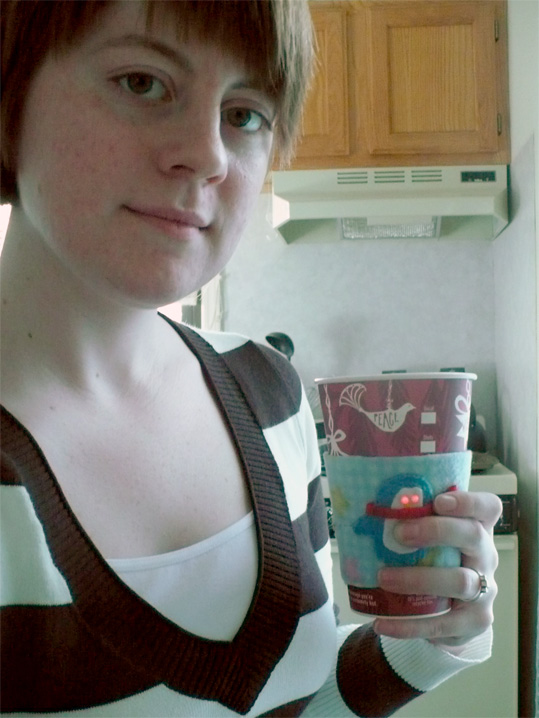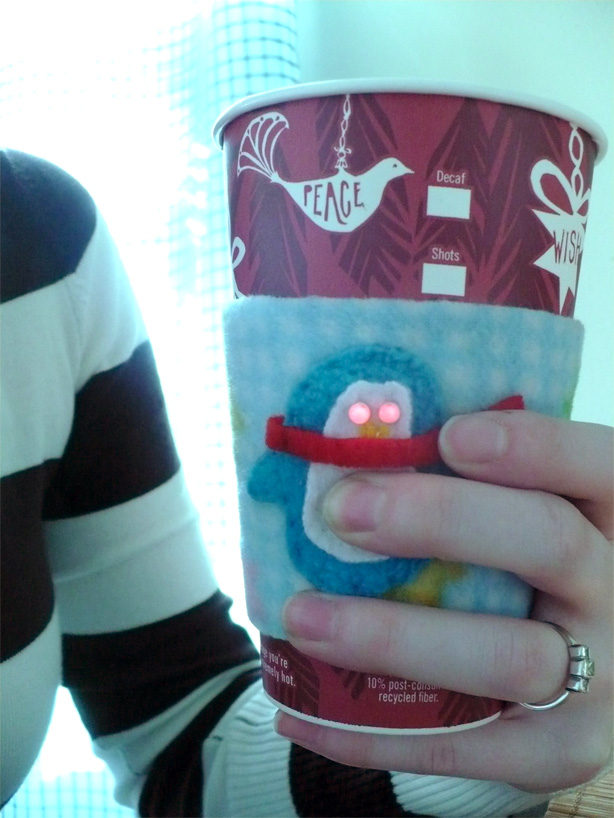This weekend has been all about preparing for the Boston Mini Maker Faire. I have been gathering up all the projects I want to bring, getting some fresh batteries, and making some fun stuff for my booth. Here is the felt banner I made to put over my table.
While packing up my projects and doing a bit of spring cleaning, I came up with the idea of a portable scrapbook/notebook as a better way to house all my favorite techniques, prototypes, components and samples. I really enjoy the computational sketchbooks and electronic pop up books that Leah Buechley’s High-Low Tech research group have created as a way to demonstrate paper computing techniques. Why not make my own using the soft circuit materials I have on hand? It is a great alternative to digging through tool boxes, bins, and drawers when I need something specific.
Inspired by textile sample books, I decided to use a three ring binder with removable pages as a storage solution for my ‘must have’ items. This way when I want to bring some samples along to an event like the maker faire or the NH Media Makers meet up, I can easily toss it in my bag and head out the door. The most important thing to me is that the components and parts are functional within the pages themselves. Here are a few pages I have made so far:
The thread page has bobbins that I attached with snaps, I can remove them to show others or to grab a small sample to take if I want to sew outdoors or at a craft group. The Bekaert threads came in ziplock bags and giant cones, so I am really happy with this alternative storage.
The battery holder page has two of my favorite methods for making soft coin cell holders. I attached one finished/functional holder with elastic loops (on the left), and then an exploded view to show how the pieces work and are constructed. Seeing them side by side is good for a quick reference of techniques.
The zipper page (in progress) is the first of the more interactive pages. This is an example of a digital zipper sensor technique created by Joo Youn Paek that I made into a module by sewing on neoprene and metal snaps. The module can attach to the page for a quick demo and then removed for prototyping a project. This particular zipper was a little hard to work with, so I’m going to try and find one with bigger teeth so that the conductive thread doesn’t interfere as much with the motion.
























